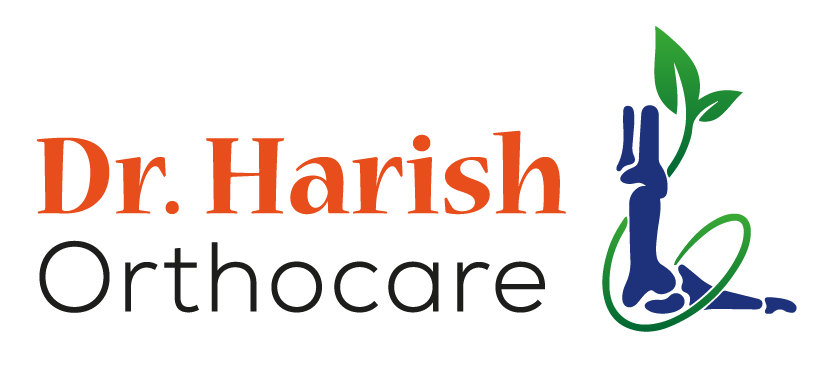Sports medicine plays a crucial role in maintaining athlete health and preventing sports injuries before they happen. Whether you are a professional player or a fitness enthusiast, understanding how sports medicine works can protect your muscles, joints, and overall performance. It focuses on injury prevention, rehabilitation, performance optimization, and long-term wellness.
Understanding Sports Medicine
Sports medicine is a specialized branch of healthcare that combines medical knowledge, exercise science, and biomechanics to help individuals perform better and stay injury-free. Sports physicians and physiotherapists assess movement patterns, muscle strength, flexibility, and endurance to detect potential risks early. This proactive approach ensures every athlete can train safely without compromising their health.
Common Sports Injuries Prevented by Sports Medicine
Sports injuries like sprains, strains, fractures, and dislocations are common among active individuals. Sports medicine experts prevent these through a combination of scientific analysis and customized care. Some preventable injuries include:
Muscle Strains: Caused by overstretching or fatigue; prevented through flexibility and strength training.
Ligament Sprains: Controlled by proper warm-up and balance exercises.
Tendinitis: Avoided through correct posture and gradual load progression.
Shin Splints & Stress Fractures: Managed by proper footwear and shock absorption techniques.
Rotator Cuff Injuries: Prevented by strengthening stabilizer muscles and improving joint mobility.
Key Ways Sports Medicine Prevents Injuries
1. Personalized Training Programs
Sports medicine specialists design individualized training plans to match an athlete’s physical condition. This reduces strain on weak muscles and improves stability.
2. Biomechanical Analysis
Advanced motion analysis helps identify improper movement patterns that could lead to injury. Correcting biomechanics ensures efficient and safe physical performance.
3. Nutrition and Hydration Guidance
A balanced diet supports tissue repair and endurance. Sports nutritionists recommend proper hydration and nutrient-rich meals to improve recovery and muscle strength.
4. Strength and Flexibility Conditioning
Preventing injuries depends largely on well-balanced muscle conditioning. Sports medicine programs integrate flexibility training, resistance exercises, and core stability routines.
5. Recovery and Rehabilitation Support
Post-training recovery is vital for muscle healing. Sports medicine experts use therapies like physiotherapy, cryotherapy, and massage to prevent overuse injuries.
6. Preventive Screening and Health Check-ups
Regular screenings detect hidden weaknesses or asymmetries. This helps modify training intensity before injuries occur.
7. Education and Awareness
Athletes are trained to recognize early warning signs of injury and adopt safe training practices, reducing downtime and ensuring longevity in sports.
Role of Sports Medicine Specialists
Sports medicine doctors, orthopedic surgeons, and physiotherapists collaborate to create an integrated approach to athlete health. They monitor movement, provide targeted exercises, and use advanced techniques like ultrasound therapy and joint mobilization for preventive care.
Importance of Sports Medicine in Long-Term Athletic Success
Preventing injuries allows athletes to train consistently and perform at their best. Sports medicine not only heals but also builds resilience, improving strength, flexibility, and mental focus for sustained success.
Conclusion
Sports medicine focuses on injury prevention, performance improvement, and long-term athlete care through scientific training and expert medical guidance.

